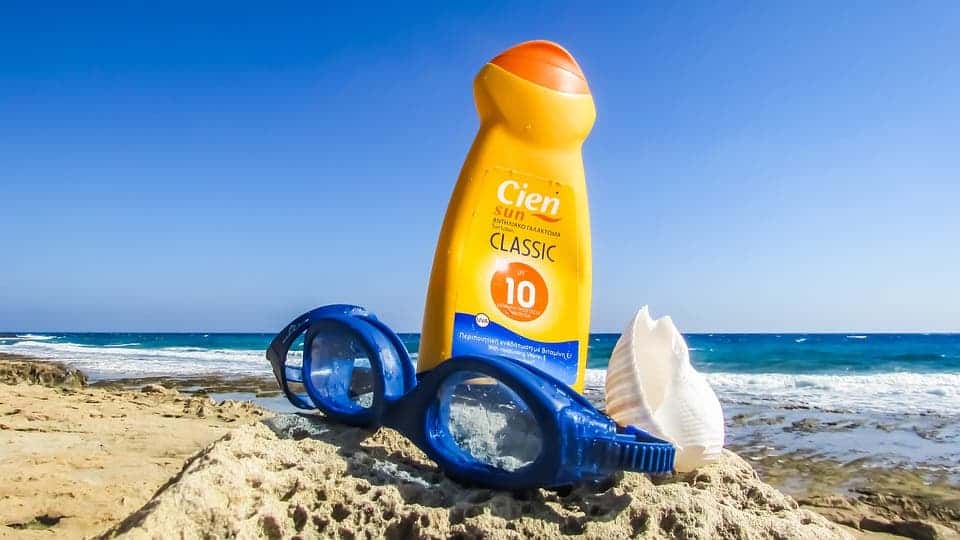
Applying sunscreen when going to the beach is of the utmost importance to protect our skin from the harmful effects of ultraviolet radiation. At the same time, these protective lotions contain metals and nutrients that wash off into the ocean, interacting with marine life. A new study reports how sunscreen chemicals are released into seawater.
A painful sunburn can ruin a vacation, and too much sun can also lead to more serious problems like premature skin aging and melanoma. To counter the effects of prolonged exposure to the sun, manufacturers add UV filters.
However, our protection is done at the expense of the wellbeing of marine life. About 14,000 tons of sunscreen are thought to wash into the oceans each year, affecting coral and fish embryos. And even if you don’t swim after applying sunscreen, it can go down drains when you shower.
Millions of people are now luckily aware that sunscreen can also harm wildlife. As a result, many are looking to purchase “coral-safe” sunscreens that lack oxybenzone and octinoxate, two substances known to damage coral reefs. Some destinations, such as Hawaii and Palau, have introduced bans on harmful sunscreens.
It’s not clear, however, what effects other trace compounds found in sunscreens might have on marine wildlife.
A first step in this direction was recently made by a team of researchers at the University of Cantabria in Spain.
The team, led by Araceli Rodríguez-Romero, introduced titanium-dioxide-containing sunscreen to samples of Mediterranean seawater and analyzed how the lotion releases various metals and nutrients into the water. UV light was shone onto a water tank in order to simulate real life conditions.
Aluminum, silica, and phosphorus had the highest release rates under both light and dark conditions. Based on these results, the researchers computed a theoretical model that predicts how various compounds found in sunscreens are released into the ocean under various conditions.
According to the new study reported in the journal Environmental Science & Technology, beachgoers could increase the concentration of aluminum in coastal waters by 4% and of titanium by almost 20%. These concentrations, however, are already extremely low.
In the future, the researchers plan conducting more studies to determine how these metals and nutrients could be affecting marine ecosystems.
In the meantime, each of us can help reduce our impact on marine life by using more eco-friendly alternatives to sunscreen or none at all, if it is possible. Wearing hats, shirts, and other apparel incorporating UV protection can reduce the amount of sunscreen you need by up to 90%, for instance.


